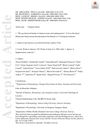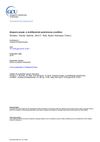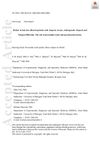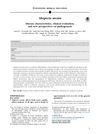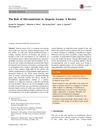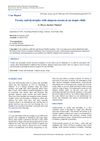Epidemiological Trends in Alopecia Areata at the Global, Regional, and National Levels
July 2022
in “
Frontiers in immunology
”
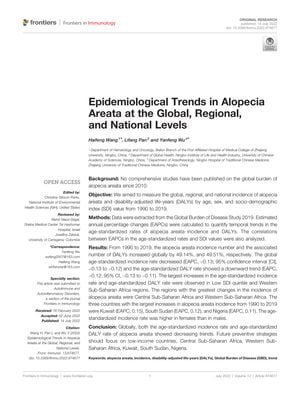
TLDR Cases of alopecia areata and its impact on life quality rose globally, but when adjusted for age, the rates decreased, especially in poorer regions.
From 1990 to 2019, the number of alopecia areata cases and associated disability-adjusted life-years (DALYs) increased globally by 49.14% and 49.51%, respectively. However, the global age-standardized incidence rate and age-standardized DALY rate both showed decreasing trends, with estimated annual percentage changes (EAPCs) of -0.13 and -0.12, respectively. The largest increases in age-standardized rates were seen in regions with low socio-demographic index (SDI) values, particularly in Central and Western Sub-Saharan Africa. Kuwait, South Sudan, and Nigeria experienced the most significant increases in alopecia areata incidence. The incidence rate was higher in females than in males. The findings suggest that future preventive strategies should target low-income countries and specific regions with the greatest increases in incidence.

